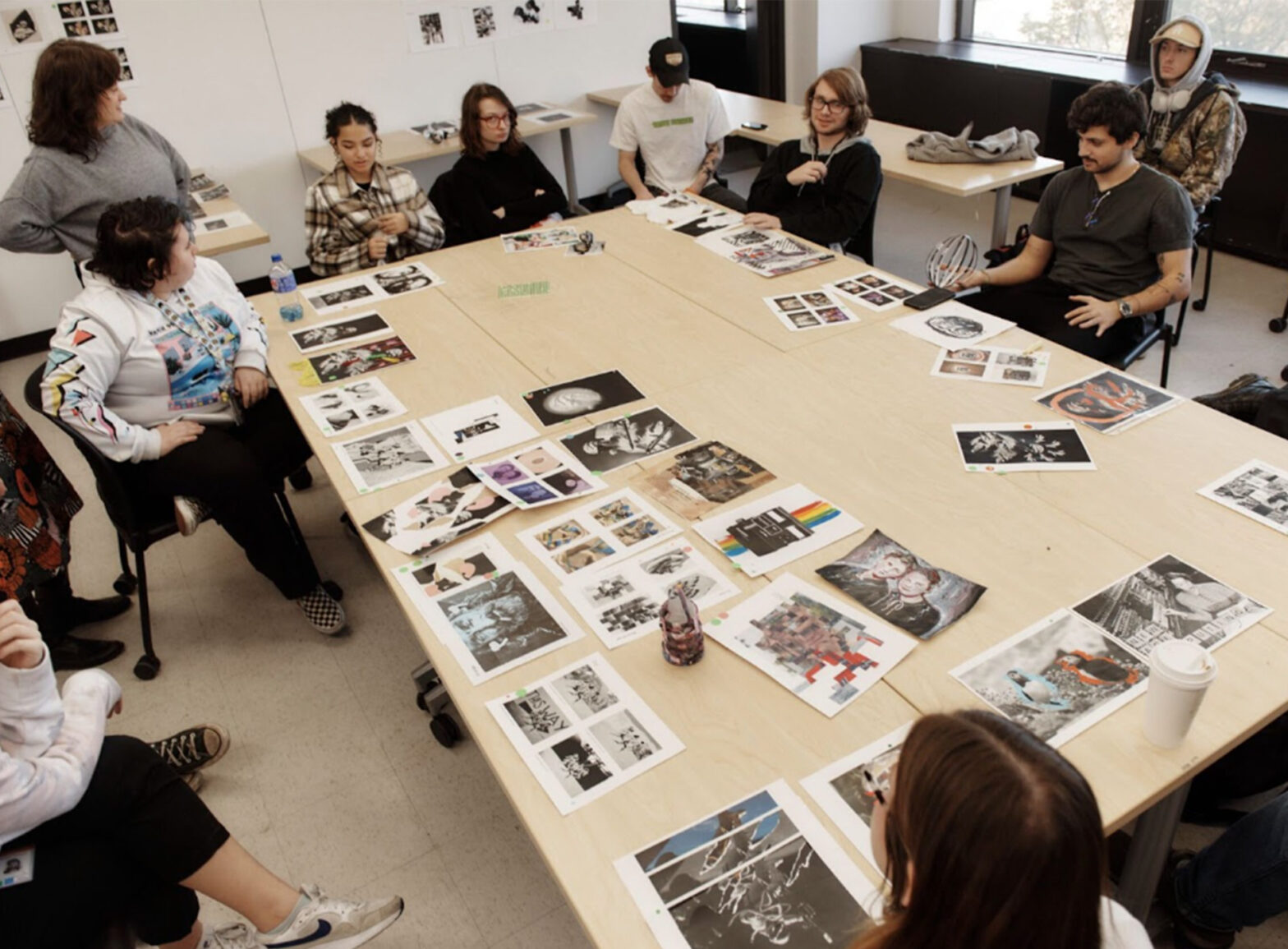Tips for CA’s and future CD students
Tips for Future Communication Design Course Assistants Who May Be Interested in Pursuing Teaching at the University Level
- Familiarize yourself with the course syllabus and the project outlines—you will be able to better help students if you come in with clarity on the direction of the course and the end goals and requirements of the projects. If this is a course you already took and projects you’ve already completed then you have a leg up!
- If you did the course yourself and have resources that helped you on the project(s) that you found on your own (or weren’t shared by the instructor) put those together to share.
- If you can, attend the planning meeting for the course. This will give you insight into how the structure of courses is considered and altered.
- Write a short something about why you wanted to CA in the first place—for yourself to remain mindful of your own goals as this is a paid position but also a learning opportunity.
- At the end of the semester, write a short something about your experience—what you learned, what you wish you had learned or done, what you might do differently if you CA another course. If you do want to teach, having written something like this might help you with obtaining other teaching or CA gigs.
Tips for Future Communication Design Students
- Get an external hard drive and back everyone on your computer up to it, and do the same in the cloud. You want redundancy in your backups because your machine will fail at some point, so start building the backup habit now. If you have this setup, you can then delete things off your machine you don’t presently need access to which will help it perform at its best. If you need an old file, you can just grab it from the cloud or your external drive.
- Build out your files in an organized way. Something like this for each semester/course/assignment (this is for everywhere you have files):
Spring 2025
↳Typography II
↳ Assignment I
↳ Links
↳ Photoshop files
↳ Illustrator files
↳ Indesign files
- Name your files in a way that makes sense. Something like “course name_project name_version.indd” so you can keep track of things and can easily search for files. Your instructors will have naming conventions they give you and it is very important to follow them to a T because your files are being added to hundreds of others and maintaining an organizational system is imperative.
- Don’t keep things on your desktop, create shortcuts or aliases (PC/Mac terms). If you keep everything on your desktop you are asking your machine to be ready to open anything at any time which takes a fair amount of processing power. Your folders should all be in your “documents” folder. Right click on a folder and select shortcut or alias and then move the icon it generates to your desktop. The new icon will have a little arrow on it indicating that it is a shortcut.
- Don’t throw out older versions of things for a while, and don’t overwrite things. Make one file and keep adding pages or artboards as you iterate through ideas. When you get to a refinement stage, take the ones you are refining and put them in a new file.
- Keep your screen clean—no one wants to look through a film of fingerprints and smudges to see your InDesign file.
- If you have notifications from your phone linked to your machine, turn them off when you present so no one sees something you wouldn’t share with them. It’s also just distracting regardless of what the notification is.
- Keep a list of links to resources that are shared with you and just keep adding to it.
Seth R. Abrahamson is currently in the Dynamic Media Institute Graduate Program, graduating Spring 2025.

